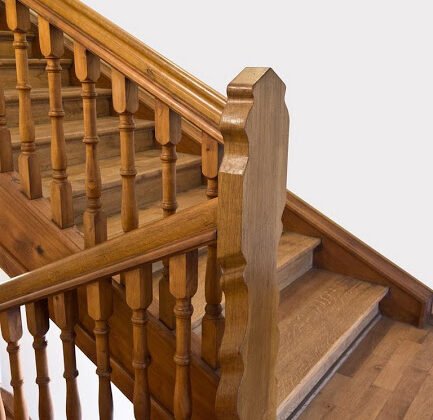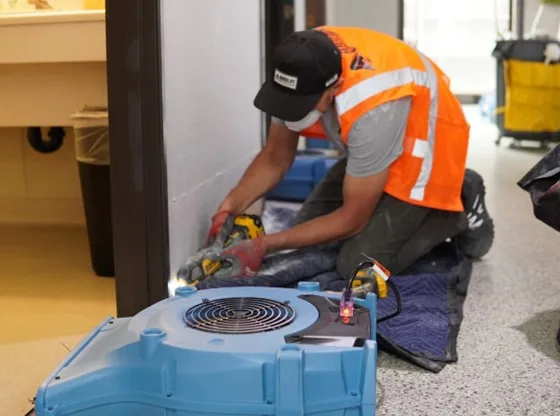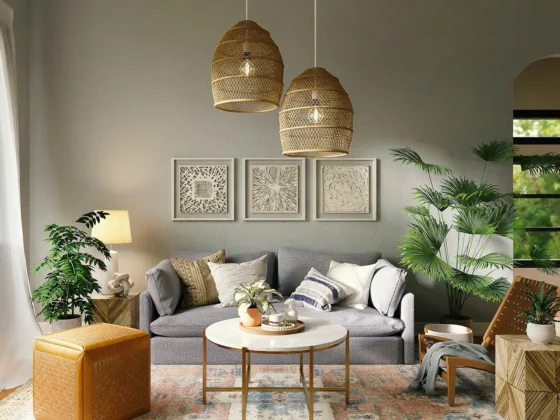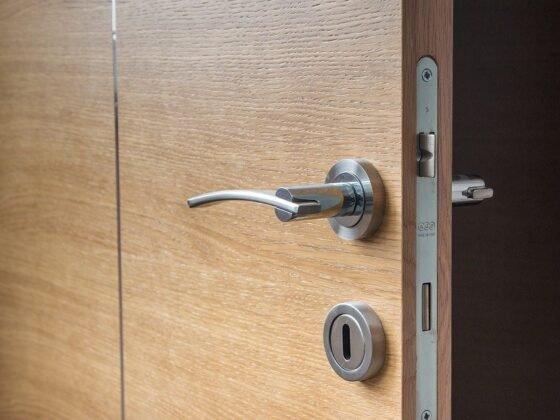Table of Contents Show
Choosing the right closet organizers can transform a chaotic wardrobe into a functional and aesthetically pleasing space. The right system can help maximize storage efficiency and complement your lifestyle and home décor.
This guide explores various aspects of selecting closet organizers that cater to individual needs, with insights into different products and customization options.
Understanding Your Space and Needs
Before purchasing, it is crucial to assess the space you have and what you need from your closet organizer. Measure the dimensions of your closet to know precisely how much room you have to work with.
Consider both the width, depth, and vertical space to maximize storage. Reflect on what items you’ll store—whether you have more hanging garments or folded clothes—and how many accessories, shoes, or other items need accommodation.
In this context, exploring customizable solutions like those offered by providers like Closets For Less can provide tailored storage that perfectly fits your space and meets your storage demands.
Their systems often feature a variety of components, such as drawers, shelves, and hanging rods, that can be configured to make the most of every inch of your closet.
Types of Closet Organizers
There are several types of closet organizers to consider, each with unique benefits. These include:
Wire Systems
Wire closet systems are versatile and ventilated, ideal for damp environments. They are typically less expensive and can be adjusted easily, with shelves and rods that can move to fit different storage needs.
Wooden Systems
Wooden closet organizers add a touch of elegance and warmth to a room. They come in various finishes and styles, making matching them with your home’s decor easy. However, they are usually more permanent and expensive than wire systems.
Modular Units
Modular closet systems offer flexibility and aesthetics. These units can be reconfigured as storage needs change. They often combine elements of wire and wood systems, offering a balance of function and style.
Key Features to Look For
When selecting closet organizers, consider the following essential features:
- Adjustability: Opt for systems that offer adjustable shelves and rods. This feature allows you to change the configuration as your wardrobe changes, providing flexibility and maximizing space utilization.
- Quality of Materials: The durability of your closet system depends on the quality of the materials. Solid wood, high-quality metals, and thick veneers last longer and look better.
- Ease of Installation: Some systems are designed for DIY installation, while others might require professional help. Consider how much time and effort you will invest in setting up your new closet system.
Customization Options
Customization is essential for optimizing your closet’s functionality and aesthetics. Many companies can provide design tools that allow you to create a closet organizer perfectly tailored to your specific requirements and dimensions.
This personalization process ensures that every inch of your closet space is used efficiently, allowing the system to grow and adapt to your changing needs.
Some key customization options include:
- Shoe Storage Solutions: These include racks, shelves, or pull-out drawers specifically for shoe organization.
- Accessory Holders: These include special hangers, hooks, and racks designed for belts, ties, scarves, and jewelry.
- Designated Clothing Areas: These include separate sections for hanging garments, folded clothes, and oversized items.
- Aesthetic Matching: These include choices in material finishes and colors that complement your existing home décor.
- Adjustable Components: These include shelves and rods that can be repositioned or expanded to fit new purchases or seasonal items.
These customizable features improve the functionality of your closet and enhance the overall style and feel of your bedroom or dressing area, creating a harmonious blend of form and function.
Practical Considerations
When selecting the ideal closet organizer, it’s crucial to consider practical aspects that influence both functionality and satisfaction. These include:
- Budget: Closet organizers vary widely in price. Determine your budget early in the shopping process to help narrow your options without sacrificing quality.
- Maintenance: Consider how easy the system is to clean and maintain. Wire systems, for example, might collect less dust than solid shelves.
- Accessories: Additional components like hooks, bins, and specialty racks can significantly enhance the functionality of your closet. Make sure the system you choose can accommodate these elements if needed.
Addressing these considerations ensures that your chosen system meets your immediate requirements and will withstand the test of time and evolving storage needs.
Conclusion
Choosing the right closet organizer involves a blend of practicality, style, and budget considerations. By keeping the information mentioned above in mind, you can create a closet that looks great and enhances your daily routine.
Whether you opt for a simple wire system or a fully customized wooden setup, the right choice will help you streamline your storage and keep your clothing and accessories neatly organized and easily accessible.










